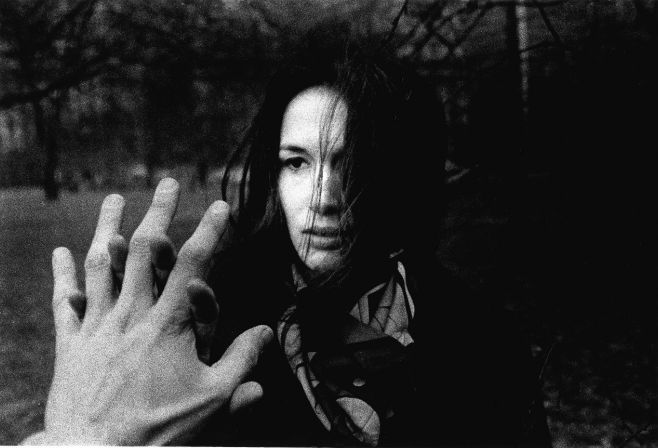#18 Simplification
This is an interesting article from Petapixel on the complexities of good burning and dodging: CLICK
Suzanne’s pictures from last night and this morning:
First shot.
Second shot, nicer composition.
Second shot, slightly edited in Adobe Lightroom — a little more contrast, a little darkening of the concrete, a atouch more saturation in the colors (probably too much), and a hint of burning out the too-bright construction barricade in the background.
A dutch angle (from wikipedia): The Dutch angle, also known as Dutch tilt, canted angle, or oblique angle, is a type of camera shot where the camera is set at an angle on its roll axis… This produces a viewpoint akin to tilting one's head to the side.[1] In cinematography, the Dutch angle is one of many cinematic techniques often used to portray psychological uneasiness or tension in the subject being filmed.
Dutch refers to a bastardisation of the word "Deutsch", the German word for "German". It is not related to the Dutch people or language. It originated in the First World War, as Navy blockades made the import (and export) of movies impossible. The German movie scene was part of the expressionist movement, which used the Dutch angle extensively.[1][2]
Original. Really good.
Slight burning of area around the subject, to decrease attention drawn away from her.
The burned-in image, now converted to B&W. Further decreases details around the subject, particularly the strong green mat.
Mary Ellen Mark, by Ralph Gibson
Rubin’s Portfolio of Photography | Rubin’s Instagram (@droidmaker)
Suzanne’s Instagram (@sfritzhanson)
If you like the show, please subscribe on iTunes, Google Play, or your favorite podcasting app, and please rate the podcast. And don’t forget to join the Neomodern Facebook group to discuss the show, share your photos, hear about specials for printing or framing your best images. Thank you!








